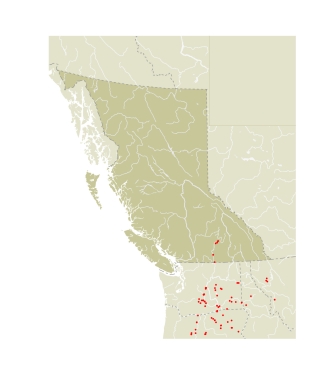The name Polites is from Polites, a son of Priam of Troy and Hecuba. Polites was a swift runner, and perhaps Scudder meant that members of the genus were swift fliers.
The genus Polites is Nearctic, occurring from northern Mexico to southern Canada. The 12 species (MacNeill 1993) are well represented in British Columbia, where six species occur. A seventh species, Polites mardon (W.H. Edwards, 1881), occurs just south, in the Puget Trough of Washington, and is one of the few possible species that did not colonize Vancouver Island.
|
|
